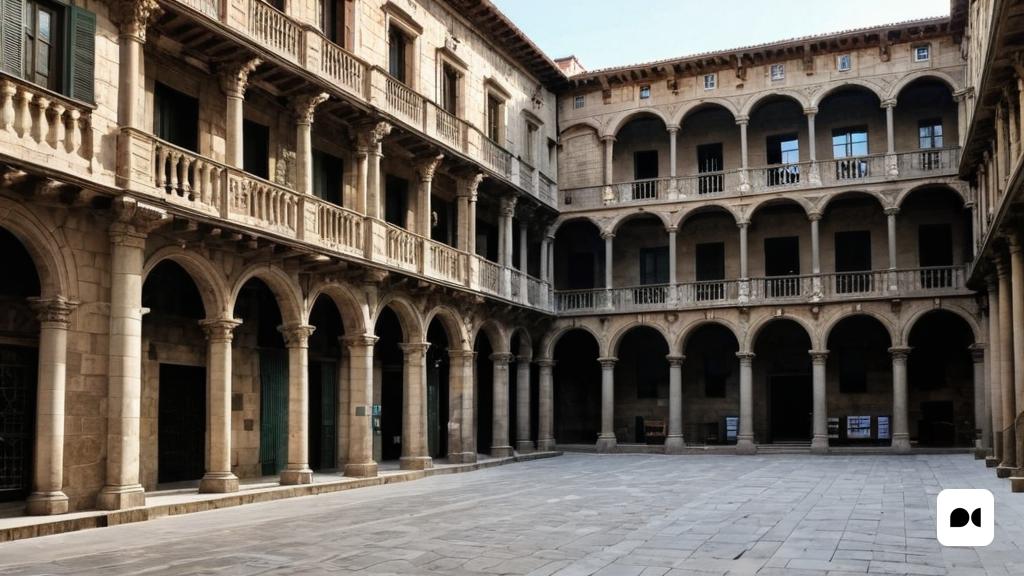Outcome of a conflict: The fall of Barcelona
September 12, 1714 marked a tragic turning point for the Catalan authorities, when the surrender of the city to Bourbon rule was agreed. This event not only meant the loss of political control for Catalonia, but also the beginning of a process of dismantling its historical institutions, which had had their heyday in the Middle Ages.
The most immediate consequence was the abolition of key entities such as the Generalitat and the Corts Permanentes, along with a fiscal pact that had allowed an advantageous relationship between the region and the central government in Madrid. In their place, a new tax regime imposed by Castilian soldiers was installed, burdening Catalonia with an oppressive tax collection system that would affect its economy and society for more than fifty years.
The construction of a uniformed Spain
The transition to a centralized state
Although Philip V never formally used the title of ‘king of Spain’, his rule marked the beginning of a new political order: the creation of a modern, centralised and hegemonically Castilian Spain. With the fall of Catalonia and later of Mallorca, the old foral regime, which had been a pillar during the reigns of the Catholic Monarchs and the House of Austria, was eliminated.
The economic contrasts between Catalonia and the Basque Country
As the new order took hold, the Basque Country was seen to enjoy a special status. Despite its limited economic strength and a development still rooted in the primary sector, the Basques managed to maintain their old tax system, the Basque fuero, unlike Catalonia. This raised questions about the reason behind such disparity.
The reasons for preserving the Basque charter
Crucial political support
During the War of Succession, the Basque Country sided with the Bourbon cause. Its elites were strongly integrated into the central administration, which helped to maintain their tax rights. In contrast, Catalonia, driven by an economically-based Austrian revolution, faced a fatal outcome with occupation.
The bases of the foral regime
The consolidation of the Basque Foral Regime is justified not only by its political loyalty, but also by its scant economic weight in the broader context of the Bourbon Empire. In this phase, a triple tax system was established: the common model, the Basque fuero and the Navarrese fuero, which would coexist, although their logic would be questioned in the 19th century.
Future impacts and the legacy of the economic concert
Context of change and resistance
Throughout the 19th century, various conflicts, including coups d’état and civil wars, would affect the fiscal landscape. The resilience of the Basque fuero was even evident through laws such as the Ley Paccionada of 1841, which called for a process of adaptation to maintain the uniqueness of these territories in the midst of continuous political change.
The return to self-government and its implications
After Franco’s regime, the transition to renewed self-government allowed the Basques to remember the importance of their economic partnership. This search for fiscal autonomy, in the context of a new political scenario, raises questions about the viability of a similar model in Catalonia, which has not enjoyed the same favourable historical conditions.
Reflections on the future of Catalonia
While the Basque Country managed to preserve and revitalize its foral model within a framework of agreement, Catalan history presents a story of resistance and loss. The question that persists today is whether Catalonia will be able to obtain some kind of fiscal agreement in light of its structural and contextual differences with the Basque Country. There are endless unknowns surrounding the relationship between these regions and the Spanish State.

